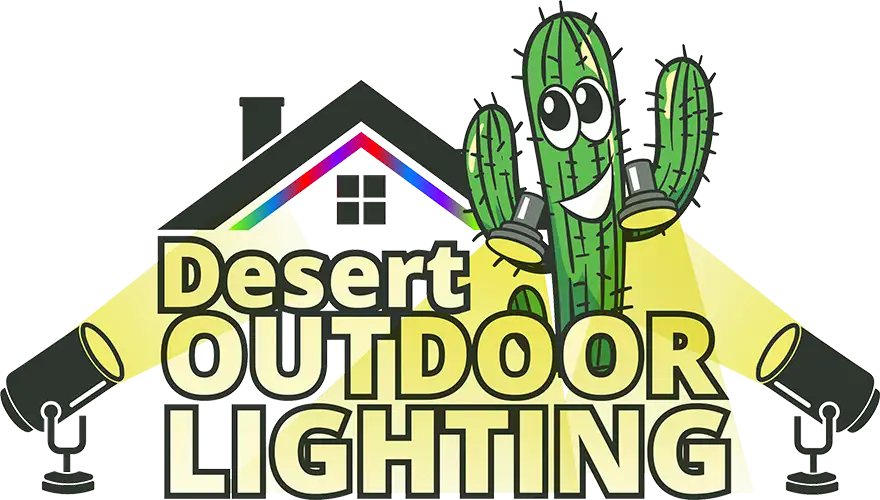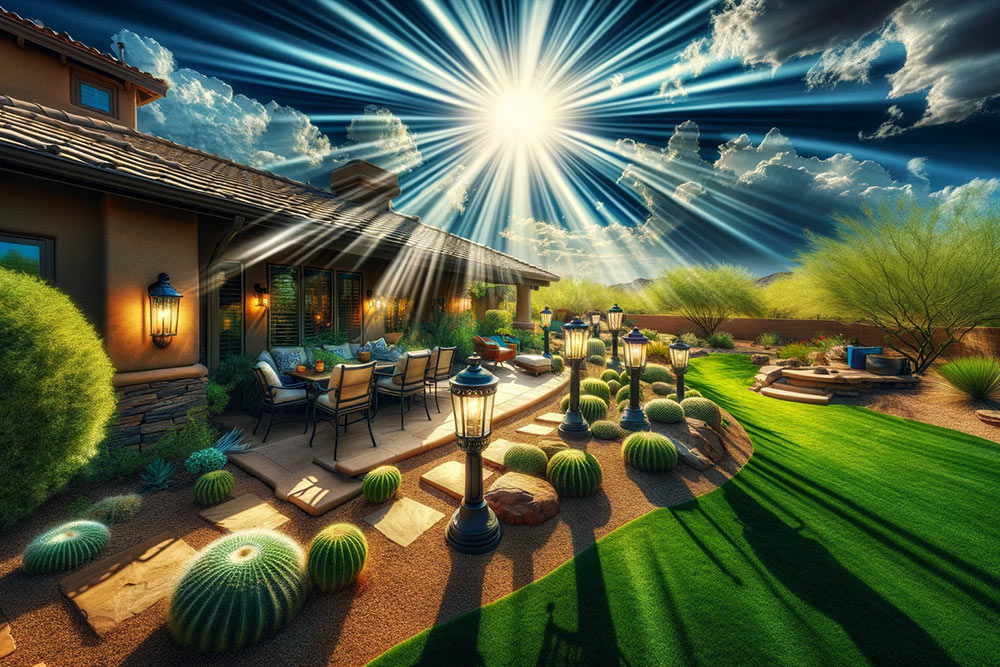Nestled within the vast expanse of the Arizona desert, the relentless sun reigns supreme, casting its blazing gaze over the landscape. This intense solar power, while a boon for sun-seekers and solar energy enthusiasts, casts a harsh reality for outdoor lighting systems. The vibrant hues of dawn and dusk are mirrored by the slow yet certain degradation of these man-made sentinels of light. This article delves into the multifaceted impact of the Arizona desert sun on outdoor lighting systems, offering insights into the challenges and solutions for those looking to preserve the night’s illumination against the day’s fiery assault.
The Sun’s Toll on Outdoor Lighting
The Arizona desert is renowned for its extreme temperatures, with the mercury often soaring to heights that can challenge the hardiest of outdoor equipment. Outdoor lighting systems, from street lamps to decorative garden lights, are not exempt from this relentless exposure. The sun’s ultraviolet (UV) rays are particularly damaging, leading to faded finishes, weakened materials, and the premature aging of plastic and metal components. The intense heat can also warp and crack solar panel encasings and battery housings, compromising the efficiency and lifespan of these solar-powered lights.
Material Fatigue and Color Fading
Materials commonly used in outdoor lighting, such as polymers and certain metals, can undergo rapid degradation when subjected to continuous UV exposure and high temperatures. This material fatigue not only affects the aesthetic appeal of the lighting fixtures, with colors fading and surfaces cracking, but also impacts their structural integrity. As the materials weaken, the fixtures become more susceptible to damage from wind and rain, further shortening their operational life.
The Impact on Lighting Efficiency
The degradation caused by the Arizona sun extends beyond the physical appearance and structural integrity of outdoor lighting systems. The efficiency of solar-powered lights, in particular, can suffer significantly. As the sun damages solar panels and batteries, the ability of these systems to capture and store solar energy diminishes. This reduction in efficiency can lead to weaker lighting output and shorter illumination times, undermining the very purpose these lights are meant to serve.
Navigating the Challenge
To mitigate the impacts of the harsh desert sun, manufacturers and homeowners alike are turning to innovative solutions. Choosing materials known for their UV resistance, such as high-grade plastics or treated metals, can offer better longevity. Additionally, incorporating designs that shield sensitive components from direct sunlight can help preserve the functionality of solar panels and batteries. Regular maintenance, such as cleaning and inspection, also plays a crucial role in extending the life of outdoor lighting systems in these demanding environments.
The beauty of the Arizona desert comes with its own set of challenges for maintaining outdoor lighting systems. The intense sun, with its powerful UV rays and sweltering heat, can significantly shorten the lifespan and efficiency of these essential fixtures. However, through informed material selection, thoughtful design, and diligent maintenance, it is possible to safeguard these lights against the harsh desert conditions, ensuring they continue to brighten the night long after the sun has set.


